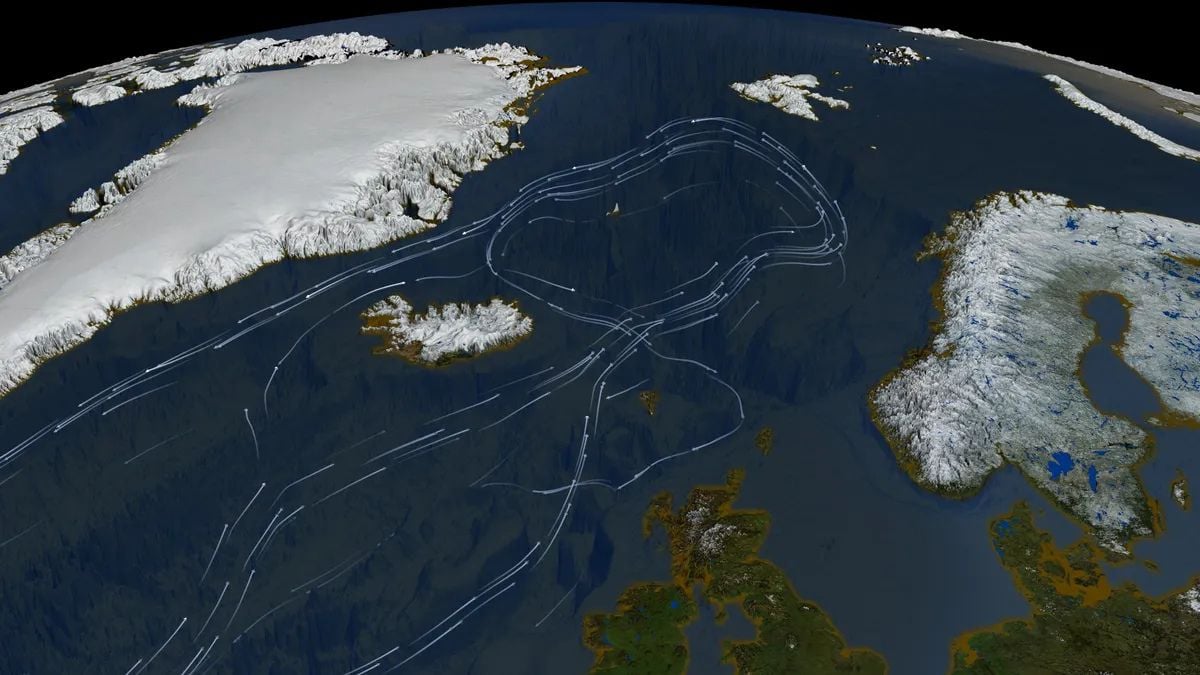The Denmark Strait cataract, situated in the underwater channel between Iceland and Greenland, holds the distinction of being the largest waterfall on Earth. This submarine cascade drops an astonishing 11,500 feet (3,500 metres) from its summit to the ocean floor. With a vertical fall measuring 6,600 feet (2,000 metres), it towers over Angel Falls, the world's tallest land-based waterfall, which stands at just over 3,200 feet (979 metres). Despite its size, the Denmark Strait cataract remains concealed beneath the waves and undetectable from the surface.
Formation During the Ice Age
According to reports, this underwater phenomenon was formed during the last Ice Age, approximately 17,500 to 11,500 years ago. Glacial activity in the region shaped the sloping seabed, which now channels cold water from the Nordic Seas into the Irminger Sea. This process contributes significantly to the thermohaline circulation, a global system of ocean currents.
In a publication by Live Science, Professor Anna Sanchez Vidal of the University of Barcelona stated that while the cataract's effects are imperceptible at the surface, temperature and salinity data provide evidence of its activity.
Scale and Dynamics of the Waterfall
Stretching across the width of the Denmark Strait, the cataract spans roughly 300 miles (480 kilometres). Reports from the National Oceanography Centre in Southampton indicate that the water flows at a modest 1.6 feet per second (0.5 metres per second), a stark contrast to the 100 feet per second (30.5 metres per second) velocity recorded at Niagara Falls. Mike Clare, a leader in marine geosystems, described the gradient as a “relatively low slope” in an earlier Live Science interview.
The Denmark Strait cataract serves as a critical gateway for polar waters heading southward. Its contribution to global ocean circulation underscores its importance, even if it lacks the dramatic visuals associated with terrestrial waterfalls.
































